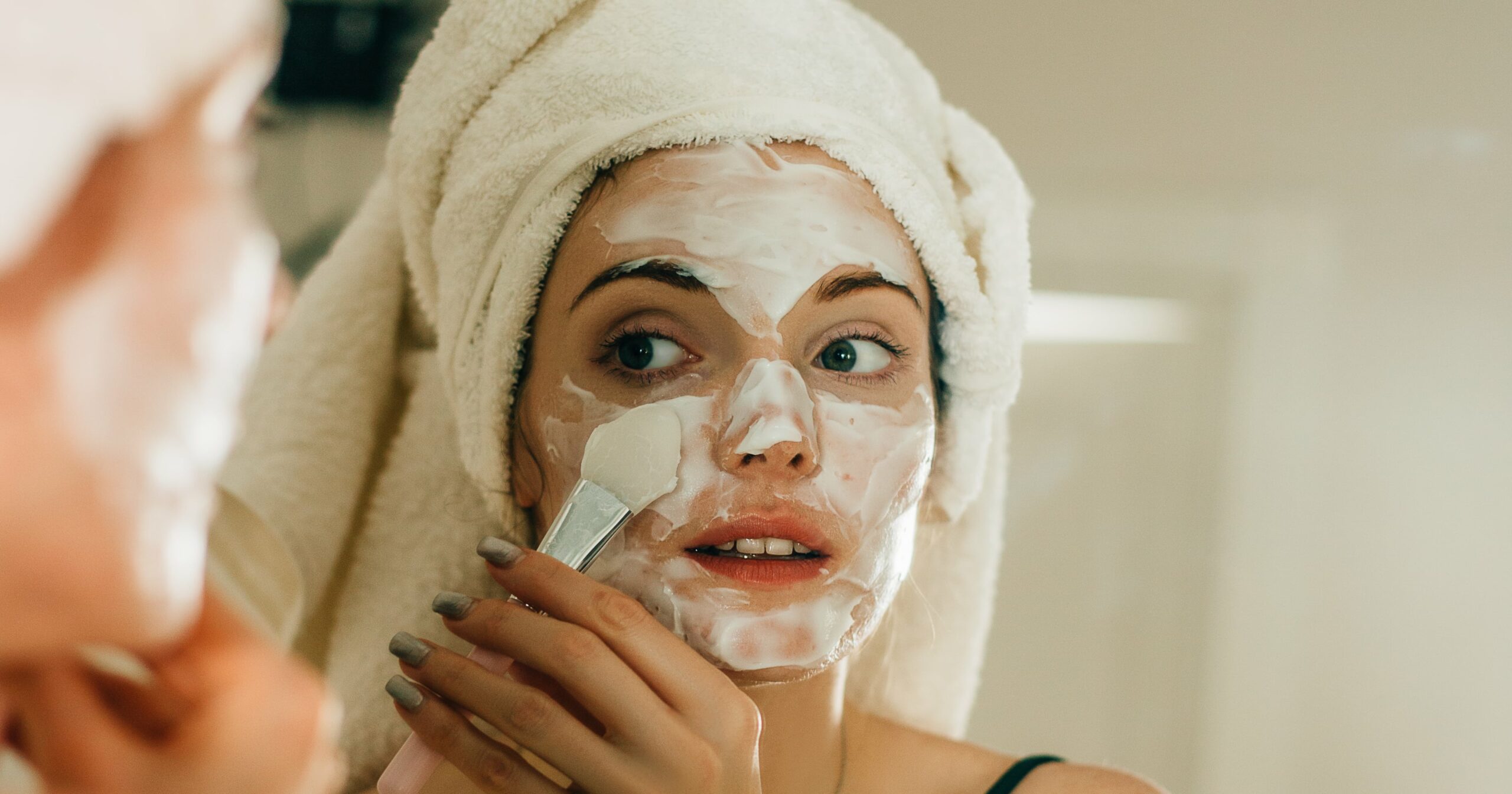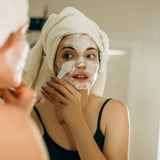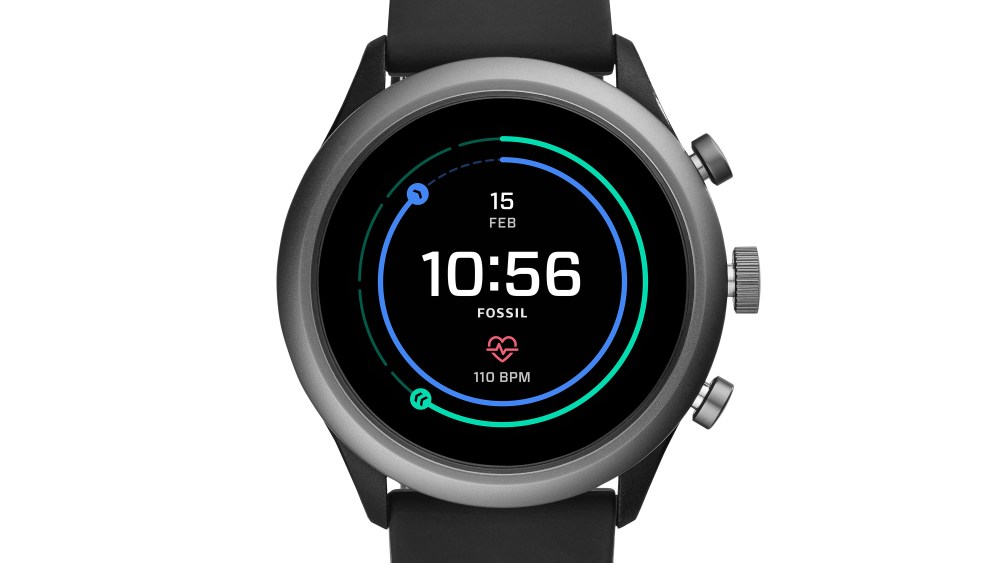In a world where TikTok teaches us to rub our skin with petroleum jelly, shave our face with oil, and make snail mucin part of our everyday routine, we rely on dermatologists to separate fact from fiction. But what happens when a buzzy new skin-care trend comes straight from the horse’s mouth?
If you’ve been anywhere near #SkinTok recently, you may have come across one of several TikTok videos from board-certified dermatologist Shereene Idriss, MD, of her rubbing diaper rash cream on her face – yes, the same one you’d use on a baby. Coined “face basting” by Dr. Idriss herself, the videos have inspired others struggling with inflammation to get in on the trend, garnering upward of 35 million views on the hashtag #FaceBasting alone.
Curious about the trend? Keep reading to find out its benefits, who it’s best for, and how to do it at home.
What Is Face Basting?
“Face basting is a hack I came up with to repair a dry, inflamed skin barrier using a zinc-oxide-based diaper rash cream,” Dr. Idriss tells PS. Specifically, Dr. Idriss is a fan of the Triple Paste Diaper Rash Cream ($32), which contains 12 percent zinc oxide along with calming cornstarch and texture-smoothing oat kernel extract.
The main goal of face basting is to reduce inflammation and repair the skin barrier. “Skin inflammation can result from dryness, a reaction to a skin-care product, or an underlying skin condition like eczema or acne,” says board-certified dermatologist Brendan Camp, MD. You may also struggle with inflammation as a result of overusing active ingredients like vitamin C, retinoids, or acids. In these cases, the zinc found in diaper rash cream has excellent wound-healing properties that can support tissue repair, says board-certified cosmetic dermatologist Connie Yang, MD, of PFrankmd by Dr. Paul Jarrod Frank.
Face basting is different from skin slugging, which involves applying a petrolatum-based ointment on your face overnight to hydrate the skin and reduce the common signs of aging such as fine lines and wrinkles. “Personally, I’m not a fan of slugging with just petroleum jelly as it doesn’t help reduce inflammation,” Dr. Idriss says. Zinc oxide, in addition to improving hydration, has anti-inflammatory properties that can help reduce redness, swelling, and irritation.
How to Face Baste
Unlike other rigorous TikTok trends, face basting is a fairly straightforward process. After applying your entire nighttime skin-care routine (minus the oil), use clean, dry hands to apply a thick layer of zinc-based cream all over your skin, icing your face like a cupcake. You’ll know you’ve applied enough when your face appears white like a ghost (or like a Magnolia buttercream cupcake, as Dr. Idriss puts it). The cream will melt into your skin overnight, so there’s no need to wash with a cleanser come morning – just rinse your skin with water and revel in the newfound hydrated, supple, and dewy-looking skin.
If you’re on a retinoid routine, Dr. Yang recommends using this technique on nights in between your retinoid to help minimize the risk of irritation and speed up recovery if you’re struggling with retinoid-related irritation.
Which Skin Types Work Best For Face Basting?
First and foremost, consider your skin type before trying any trend. Face basting is ideal for those with dry, sensitive, inflamed skin in need of intense hydration, especially in the winter months when skin is more prone to dryness, Dr. Camp says. The sheer nature of the paste’s thick consistency means it’ll also be beneficial for the skin barrier in reducing trans epidermal water loss (TEWL). “Zinc helps form a protective barrier on the skin to seal in moisture and hydration while keeping irritants out – this is why it’s a common ingredient in diaper rash creams,” Dr. Yang says.
Face basting can make your retinoid routine, which can be notoriously irritating, a little more tolerable for the skin. “Retinoids and retinols can cause skin irritation in the form of redness, dryness, itching, and flaking; face basting may be an option to help skin recover from this type of reaction,” Dr. Camp says. (Just note that you shouldn’t layer your retinoids and retinols underneath a thick, zinc-based ointment because it’ll occlude skin, potentiating the effect of retinoids and retinols on the skin; instead, refer to the above, and only use it on days you’re skipping the active.)
Finally, because zinc contains antimicrobial properties, it may help minimize acne-causing bacteria and improve the appearance of inflammatory acne (such as pimples and pustules) depending on what stage they’re in. “Zinc’s anti-inflammatory properties make it helpful for early-stage pimples that are red and angry – it can also help reduce the redness and swelling of these lesions and help promote healing,” Dr. Yang says.
Not all zinc is created equal, though, so consider this if you’re primarily face basting for acne. Dr. Idriss explains: “While zinc oxide has some antibacterial properties, zinc gluconate is used more for its antibacterial, acne-fighting properties. And while zinc gluconate has anti-inflammatory properties, they aren’t as pronounced as zinc oxide. Bottom line: if your skin is dry, inflamed, and irritated, baste with zinc oxide; if you’re dry and prone to breakouts, baste with zinc gluconate (which is in the La Roche-Posay Cicaplast Baume B5 Multi Purpose Cream ($19)).” If you have oily skin, you may want to skip face basting, as it can be too occlusive and exacerbate the oiliness, potentially triggering more breakouts.
Michelle Rostamian is a freelance beauty writer who has contributed to POPSUGAR, Byrdie, and Hypebae.



